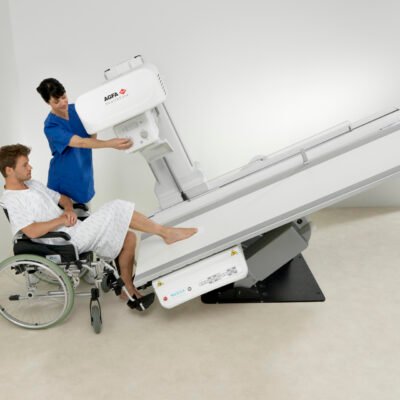Rhinoplasty, commonly known as a nose job, is often associated with cosmetic enhancements to improve the appearance of the nose. However, rhinoplasty also plays a crucial role in correcting functional breathing issues. Many individuals suffer from nasal obstructions or structural abnormalities that can hinder proper airflow and impact daily life.
The Best Rhinoplasty Doctor in Washington DC will help you to explore the role of rhinoplasty in addressing functional breathing issues, providing relief, and improving overall nasal function.
Identifying Functional Breathing Issues
Functional breathing issues can arise from various causes, such as a deviated septum, enlarged turbinates, nasal valve collapse, or nasal polyps. These conditions can lead to difficulty breathing through the nose, chronic congestion, snoring, sleep apnea, and reduced overall quality of life. It’s important to consult with an experienced rhinoplasty surgeon who can evaluate your nasal anatomy, assess your symptoms, and determine the underlying causes of your breathing issues.
Deviated Septum Correction
A deviated septum occurs when the wall that separates the two nasal passages is crooked or shifted to one side. This condition can obstruct airflow and cause chronic nasal congestion. Rhinoplasty can correct a deviated septum by repositioning or straightening the septal cartilage. The procedure, known as septoplasty, involves making incisions within the nose to access the septum and remove or reshape the obstructing tissues. By restoring the septum to a straight position, rhinoplasty can improve nasal airflow and alleviate breathing difficulties.
Addressing Nasal Valve Collapse
The nasal valve is a narrow passage within the nasal cavity responsible for regulating airflow. In some cases, the nasal valve can collapse or narrow, leading to nasal obstruction and difficulty breathing through the nose. Rhinoplasty can address nasal valve collapse by various techniques, including cartilage grafting, nasal sidewall reconstruction, or the placement of internal nasal dilators. These procedures help to open and stabilize the nasal valve, allowing for improved airflow and alleviation of breathing issues.
Treating Enlarged Turbinates
Turbinates are bony structures covered by nasal tissue that humidify and filter the air we breathe. When turbinates become enlarged or swollen due to allergies or other factors, they can obstruct airflow and lead to nasal congestion. In cases where medical management fails to provide relief, rhinoplasty can be an effective solution. Turbinate reduction, often performed in conjunction with rhinoplasty, involves trimming or repositioning the enlarged turbinates to improve airflow and alleviate nasal congestion.
Combining Cosmetic and Functional Improvements
One of the unique aspects of rhinoplasty is its ability to address both functional breathing issues and cosmetic concerns simultaneously. By combining functional and aesthetic considerations, a skilled rhinoplasty surgeon can create a nose that not only functions optimally but also looks aesthetically pleasing. The surgeon can refine the nasal structure, reshape the tip, and correct any asymmetries while improving nasal function. This comprehensive approach ensures that the nose functions well and blends harmoniously with the rest of the face.
Rhinoplasty plays a vital role in correcting functional breathing issues and improving overall nasal function. Whether it’s addressing a deviated septum, nasal valve collapse, or enlarged turbinates, rhinoplasty techniques can effectively alleviate breathing difficulties and provide long-lasting relief. If you are experiencing functional breathing issues, it is essential to consult with a board-certified and the best Rhinoplasty Doctor in Washington DC who can evaluate your specific condition and recommend the appropriate treatment approach.





